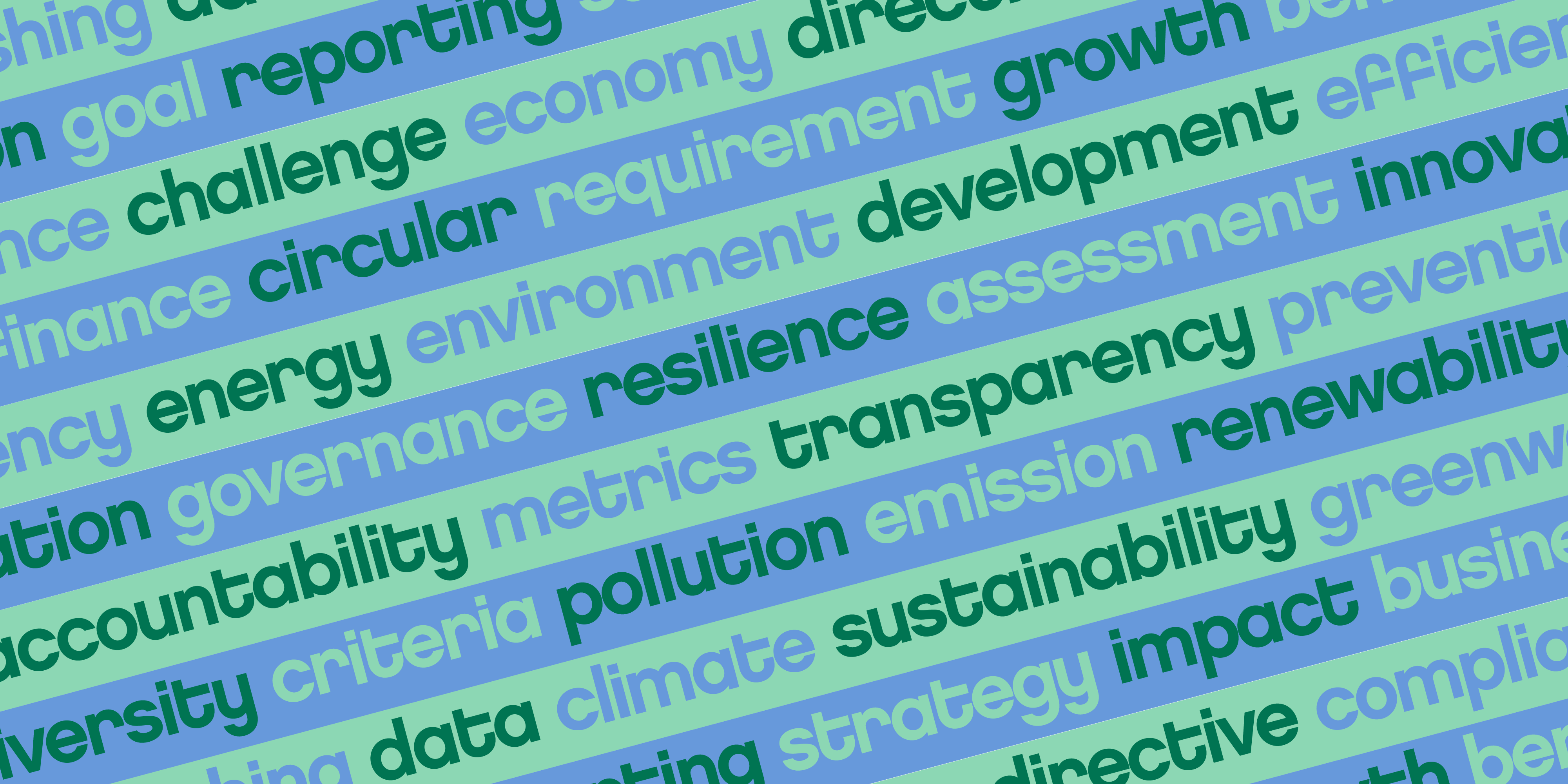
Sustainability
4 minute read
Carbon handprint and carbon footprint explained
Reducing greenhouse gas emissions is an important step toward sustainability. Some companies are now using the carbon handprint metric to communicate how much greenhouse gas emission savings their products or services can offer. But what does “carbon handprint” actually mean? And how is it different from a carbon footprint?
Carbon footprint and carbon handprint quantify the impact of greenhouse gas emissions and efforts to reduce it, but in different ways. The carbon handprint of one organization helps reduce the carbon footprint of another.
What is a carbon footprint?
Carbon footprint is a measure of the total greenhouse gas (GHG) emissions caused by an individual, event, organization, service, place or product. It's typically measured as tons of CO2 equivalent (CO2e) per defined function or unit.
When companies calculate or report their carbon footprint, they often follow international standards such as the GHG Protocol to account for the amount of CO2 and other relevant greenhouse gases released across the value chain. For a product carbon footprint, the GHG emissions over the product’s life cycle are included.
What is a carbon handprint?
For companies, the carbon handprint is a measure of how much GHG emission reductions they can help their customers achieve through their products and services, compared to a baseline product or service. The bigger the handprint, the better.
The idea behind carbon handprint is to offer customers better visibility on the solutions that help them decrease their carbon footprint.
The scientific methodology for carbon handprint has been developed in Finland since 2016 and is not yet as well known and used as carbon footprint. Nevertheless, it is a useful tool that helps companies communicate the positive impact of their products and services, or to explain the value of more sustainable products.

Benefits of the carbon handprint concept
Carbon handprint calculations make it easier to understand how a company's products or services help reduce greenhouse gas emissions.
"The main aim is to help communicate", says Annamari Enström, Life Cycle Assessment Associate at Neste, a global leader in the field of renewable diesel and sustainable aviation fuel.
"In our case, it shows what the difference is when our customers use our products compared to when they use conventional products with similar functionality - the kind that have been available for decades."
Carbon handprint examples
Carbon handprint can be used to compare fossil-based fuels to renewable alternatives. However, carbon handprint is also able to show more complex connections between a product and its effect on GHG emissions.
Enström mentions the example of lubricant oil for engines:“The quality of your car's lubricant oil has a high impact on how the engine operates. And that in turn can have quite a high impact on how much fuel the engine consumes and how clean or unclean the exhaust fumes are.”
So, switching to a new oil can have an indirect but significant impact on emissions, and that impact can be quantified by assessing the carbon handprint.
Beyond looking at the carbon handprint of a specific product, it can also be looked at a company’s product portfolio level, adding together the cumulative carbon handprint of their products and services. This then can give an indication of how much, as a company, they're able to reduce their customers' carbon footprint.
Carbon footprint and handprint as benchmarking metrics
Besides making it easier for companies to communicate clearly about GHG emissions reductions with stakeholders, carbon handprint and carbon footprint are also useful benchmarks to track progress and to determine where more effort and improvement is needed.
“In the footprint and handprint calculations, you will always do this by lifecycle step," says Enström. "Where you see the biggest impacts, that's where you likely need to make improvements.”
Overall, Enström warns against comparing apples with pears when making carbon footprint or carbon handprint calculations: “You have to be very specific about what you’re comparing." says Enström. For example, are you comparing products or services? Are both baseline and solution available to the same customers, in the same geographical area? And which standard are you using?
Finally, while reducing greenhouse gases is an important part of sustainability efforts, Ernström reminds us to keep a holistic view, keeping other areas such as biodiversity, water, soil health and nutrient flows also in mind: "It's important to be aware that climate change is only one of the environmental impact categories affected by human action."
Interested in digging deeper into the climate lingo >>
Credits:Dr. Eva Amsen, a science writer and communicator whose work has appeared on Forbes, Nautilus and The Scientist. Twitter





